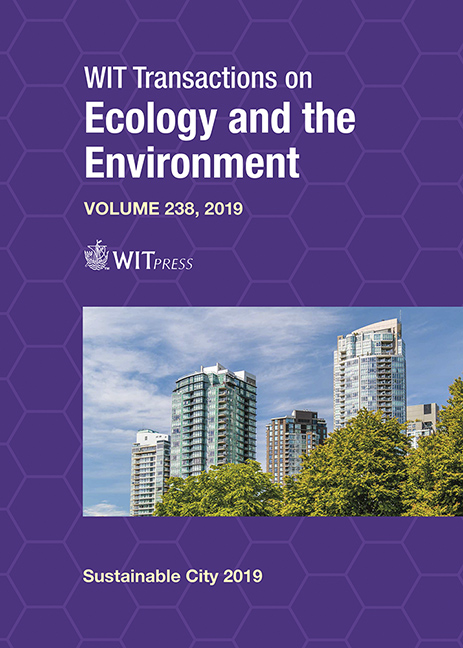AFFECTIVE AND EMOTIONAL DIMENSIONS OF BUILT SPACE: ASSESSMENT OF THE RISK REDUCTION PROCESS – HERITAGE AS A STABILITY BENCHMARK IN THE SUSTAINABLE CITY
Price
Free (open access)
Transaction
Volume
238
Pages
14
Page Range
369 - 382
Published
2019
Paper DOI
10.2495/SC190331
Copyright
WIT Press
Author(s)
CRISTINA OLGA GOCIMAN, CRISTIAN IOSIF MOSCU, MONICA GEORGIANA ENE
Abstract
The analysis of the historical evolution, the conformation of the built space has revealed the sustainable and resilient character of the historic settlements, becoming a codex of good practices for the contemporary. In this context, the protection of heritage and tradition as an appeal to identity preservation can provide the stability and balance necessary for community survival in case of risk. The historical and architectural value have exclusively constituted the criteria for identifying built objects to be preserved, but over time, the interest has expanded to the space with ambiental value as a whole, as well as to those minor components that derive meaning “from their co-existence”, contributing to defining the affective value of it. Each built place has an initial aspiration, it translates a history of edification and existence, becoming for us a perpetual testimony and revelation. The place is loaded with his story, with its cultural dimension, becoming a mental reality. In our study we developed the analysis of the affective and emotional value of space, which will be changed in relation to the citizen profile, culture, education, personal and community experience. Therefore, space is not only a physical content but a living experience. The research is based on the case study of the destructured area by the demolition and investments of the communist ruler Nicolae Ceauşescu during the 1980s as a pretext for post-disaster management (after the 4 March 1977 earthquake) and which caused the loss of many monuments and a strong trauma to the deployed population. We propose a methodology of intervention in the affected area on a multicriterial assessment in terms of the balance between the value of the spatial resource reporting value and the spatial resource status.
Keywords
built space, emotional value, heritage, living experience, risk reduction, affected area





